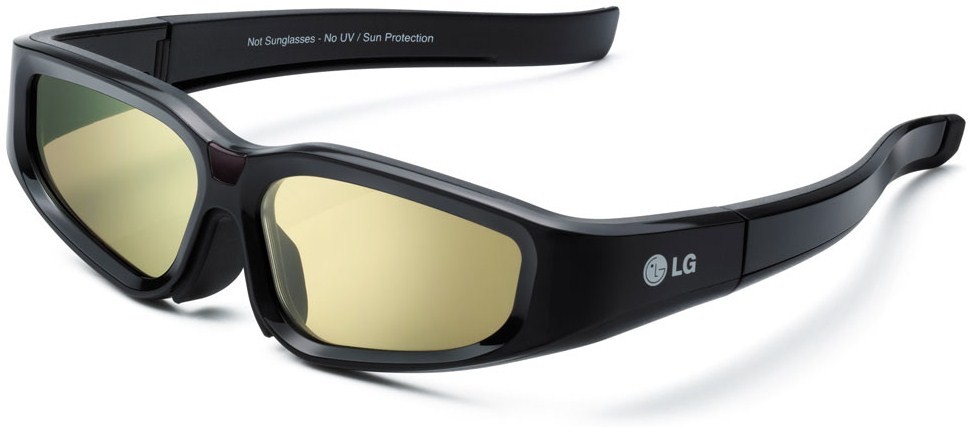
3D TV sells 3D display both active and passive. All contents current and future 3D can be viewed with both technologies. Display technology is not the source 3D Blu-ray, cable or satellite, including 3D content, or for streaming 3D content. All sources will work on both types of displays. Active and passive means needed glasses for use with the screen to show 3D content.
The glasses are also known as active glasses. The glasses are powered by a battery and sync with an infrared sensor (not remotely the same uses) on the TV. The glasses will quickly clog up the display of each of your eyes alternately. The shutter closes over the right eye, then the shutter closes before the left eye and the shutters will continue to block consideration of each eye alternately. Active glasses are specific to the manufacturer of the screen (the screen should use sunglasses).
Active 3D glasses
with the Active technology there is little effort in the production of added-screen TV, but the technology in active glasses that makes them expensive. It adds an extra effort in the 3D circuit necessary to obtain 3D data for the panel.
Passive 3D glasses
The passive glasses are also known as polarized glasses. These glasses do not have batteries. The screen displays a different image for each eye during the passive viewing of 3D content. Each eye takes a different image, because the lenses polarized lenses to block the vertical line of the screen. Polarized lenses from other manufacturers or movie theater to television to your work.
Passive 3D technology requires additional costs for the production of panels to 3D passive polarized filters can occur, the panel said. After these additional costs required in the panel for 3D glasses can be cheap.




1 comments:
Great and brilliant post sharing.
Download The X Files Episodes
Post a Comment